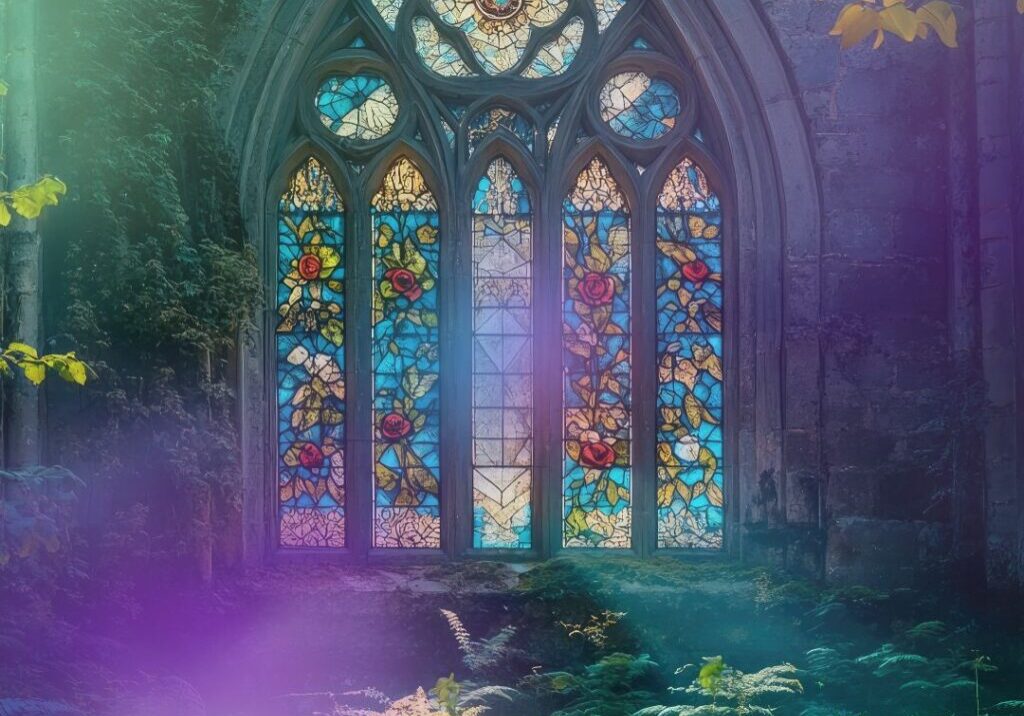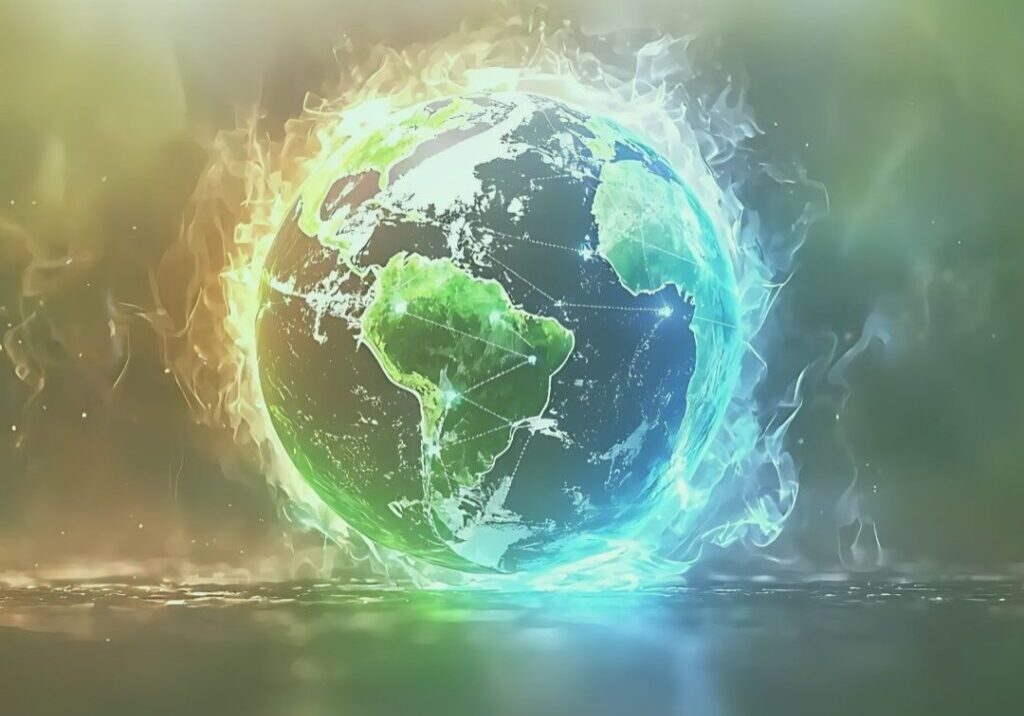The Cosmic Christ
The following is used with permission by the Center for Action and Contemplation (CAC), first published in Daily Meditations November 5, 2015
Franciscan mysticism has a unique place in the world through its absolutely Christocentric lens, although the Franciscan emphasis is actually nothing more nor less than the full Gospel itself. Most Christians know about Jesus of Nazareth, but very few know about the Christ, and even fewer were ever taught how to put the two together. Many still seem to think that Christ is Jesus’ last name. By proclaiming my faith in Jesus Christ, I have made two acts of faith, one in Jesus and another in Christ. The times are demanding this full Gospel of us now.
Though it overlaps with many aspects of non-Christian mysticism—such as nature mysticism, Islamic Sufi mysticism (ecstasy and joy), Hindu mysticism (unitive consciousness and asceticism), Buddhism (non-violence and simplicity), and Jewish prophetic oracles—Franciscan mysticism is both deeply personal and cosmic/historical at the same time. [1] We must know that Franciscanism is not primarily about Francis of Assisi. It is about God, and the utter incarnate availability of God. In fact, when some fixate on Francis and Clare too long their spirituality invariably becomes sentimental, cheap, and harmless. Franciscan mysticism is about an intuition of Jesus as both the Incarnate Human One and the Eternal Cosmic Christ at the same time.
The first and cosmic incarnation of the Eternal Christ, the perfect co-inherence of matter and Spirit (Ephesians 1:3-11), happened at the Big Bang 13.8 billion years ago. Christians believe that Jesus of Nazareth was the human incarnation of that same Mystery a mere 2,000 years ago, when we were perhaps ready for this revelation. Christ is not Jesus’ last name, but the title of his historical and cosmic purpose. Jesus presents himself as the “Anointed” or Christened One who was human and divine united in one human body—as our model and exemplar. Peter seems to get this, at least once (Matthew 16:16), but like most of the church, he also seems to regress. Christ is our shortcut word for “The Body of God” or “God materialized.” [2] This Christ is much bigger and older than either Jesus of Nazareth or the Christian religion, because the Christ is whenever the material and the divine co-exist—which is always and everywhere.
Ilia Delio writes, “The conventional visualization of the physical world was changed by Einstein’s special theory of relativity, which showed that matter itself was a form of energy. . . . For all practical purposes, energy is the ‘real world.’” [3] There it is: science revealing that everything is both matter and energy/spirit co-inhering as one; this is a Christocentric world. This realization changes everything. Matter has become a holy thing and the material world is the place where we can comfortably worship God just by walking on matter, by loving it, by respecting it. The Christ is God’s active power inside of the physical world. [4]
Delio continues: “Through his penetrating view of the universe Teilhard found Christ present in the entire cosmos, from the least particle of matter to the convergent human community. ‘The Incarnation,’ he declared, ‘is a making new . . . of all the universe’s forces and powers.’ Personal divine love is invested organically with all of creation, in the heart of matter, unifying the world.” [5] For many years, imitating Teilhard de Chardin, I used to end my letters with his own complementary close, “Christ Ever Greater!” This had little to do with my hopes for the expanding of organized Christianity, not that there is anything wrong with that. I think we are all sad to admit that organized Christianity has often resisted and opposed the true coming of the Cosmic Christ. The coming of the Cosmic Christ is not the same as the growth of the Christian religion. It is the unification of all things.
References:
[1] Adapted from Richard Rohr, “Franciscan Mysticism: A Cosmic Vision,” Radical Grace, Vol. 25, No. 1 (Center for Action and Contemplation: 2012). You can read the full article in the Fall 2015 issue of CAC’s newsletter, the Mendicant.
[2] Adapted from Richard Rohr, Immortal Diamond: The Search for Our True Self, 77.
[3] Ilia Delio, The Unbearable Wholeness of Being: God, Evolution, and the Power of Love, 24-25.
[4] Adapted from Richard Rohr, Christ, Cosmology, and Consciousness (Center for Action and Contemplation: 2010), MP3 download.
[5] Ilia Delio, The Unbearable Wholeness of Being: God, Evolution, and the Power of Love, 127
Further exploration of the Cosmic Christ can be found in the CAC Daily Meditations here.
 View print-friendly version
View print-friendly version
Related Posts

Is Christianity in Crisis or Transition?
We are facing an unprecedented convergence of crises: global warming, climate change, mass migration, and systemic ecological collapse. Our planetary systems are exhausted and no longer able to sustain human…

